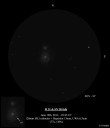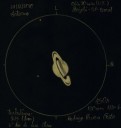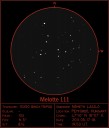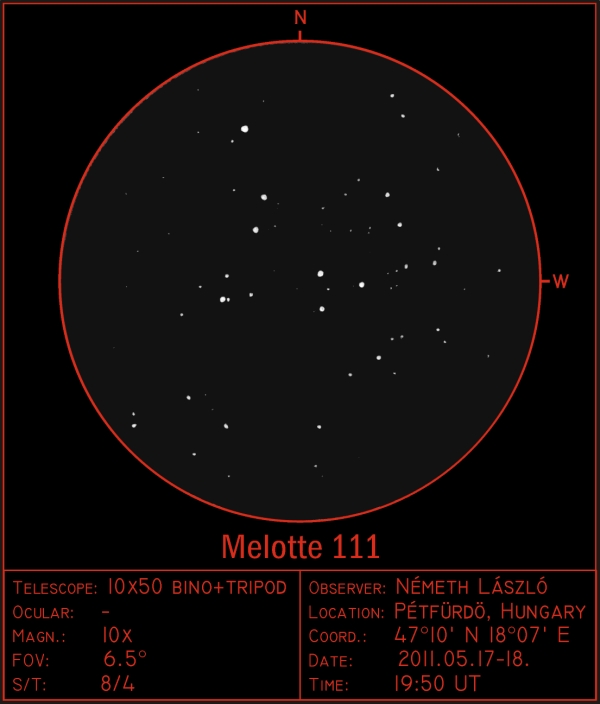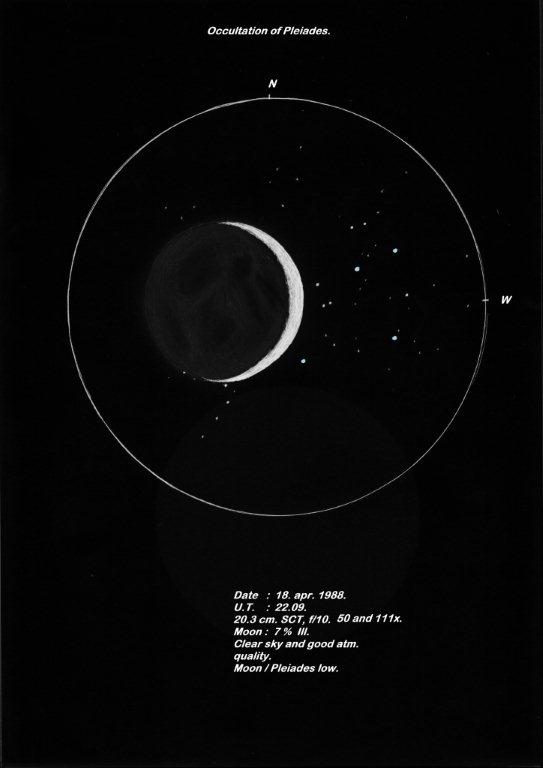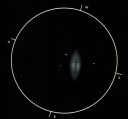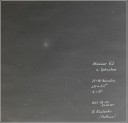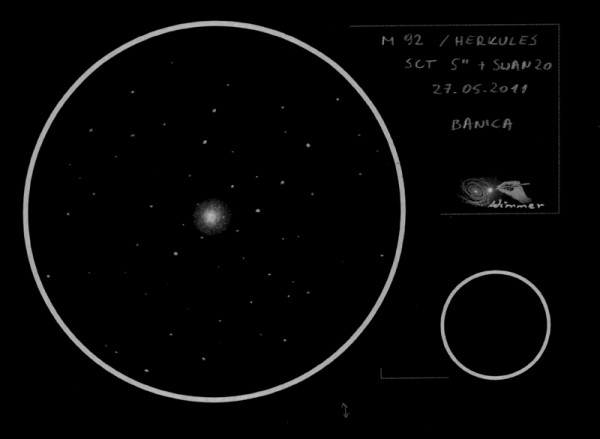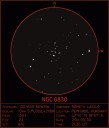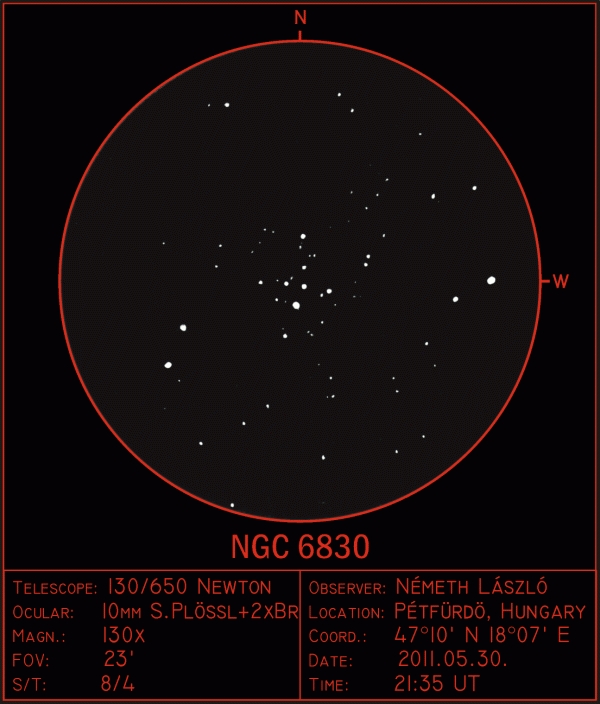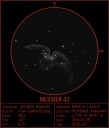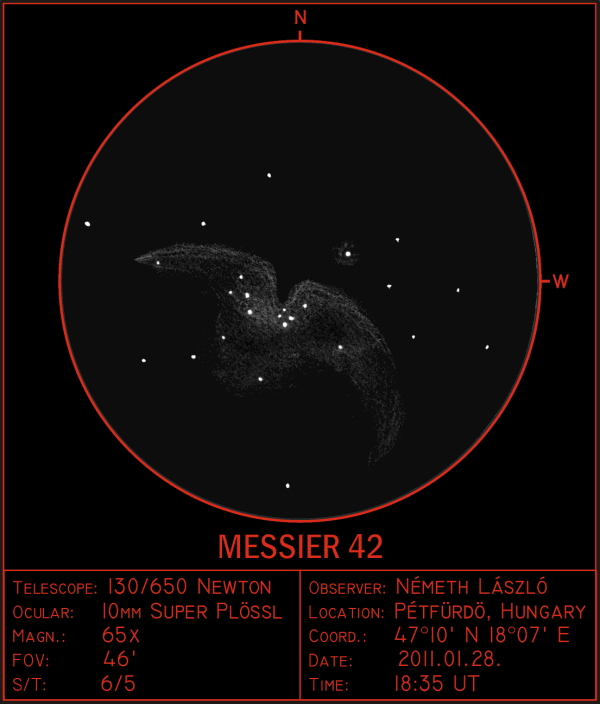Last week the supernova SN 2011dh in M 51 galaxy was near its maximum brightness around magnitude 12.3 and I was able to observe it with my 120mm refractor. The two famous interacting galaxies are very well placed in the sky these days. At the eyepiece, the main galaxy has a bright central region and a big, oval halo; the satellite galaxy has a nearly as bright core but a small and round halo. I needed 77x to spot the supernova in the southeast rim of the main galaxy, although the best view of it was at 149x. At this magnification the supernova was easily visible next to a fainter star. The sketch is a composite of both magnifications. It was remarkable that the supernova was visible even in late twilight conditions. SN 2011dh is a type IIb supernova that resulted from the explosion of a supergiant star with 18-22 solar masses, at a distance of 25 million light years. What a sight!
Sketch: 2HB graphite pencil on white paper, scanned and processed with Photoshop CS3
Object Name: The Whirlpool Galaxy (M51) and SN 2011dh
Object Type: Galaxy and supernova
Location: Asturias, Spain
Date: June 19th, 2011
Instrument: 120mm f/8,3 refractor + Hyperion 13mm (45x) & UWA 6.7mm (149x)
NELM: around 5.2, moderate light pollution
Regards,
Diego González
